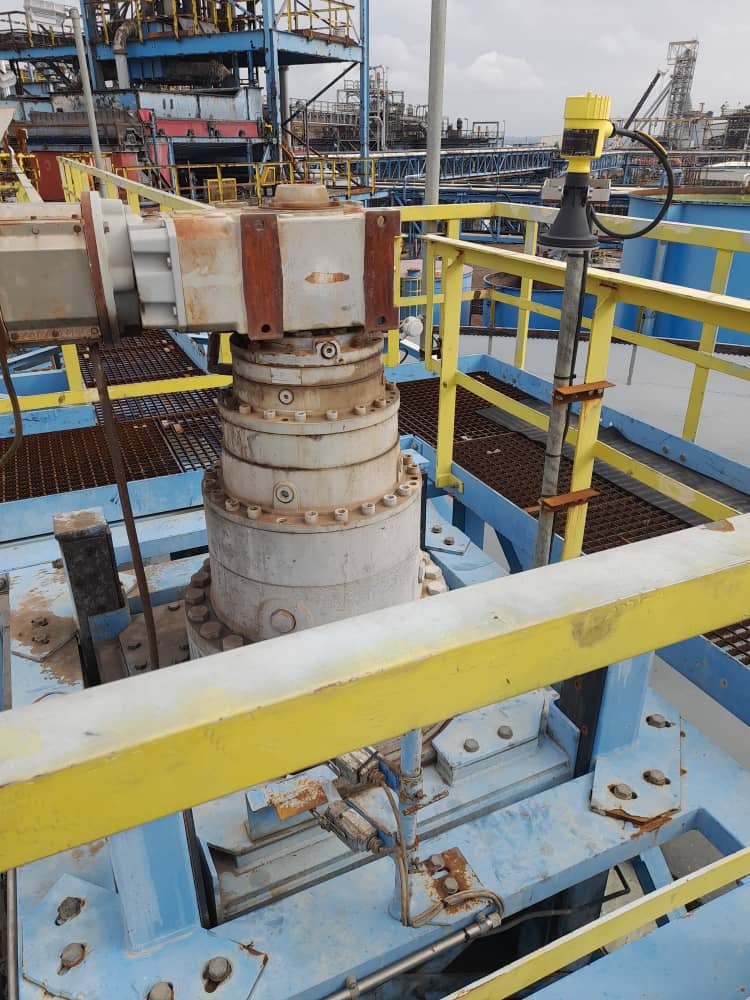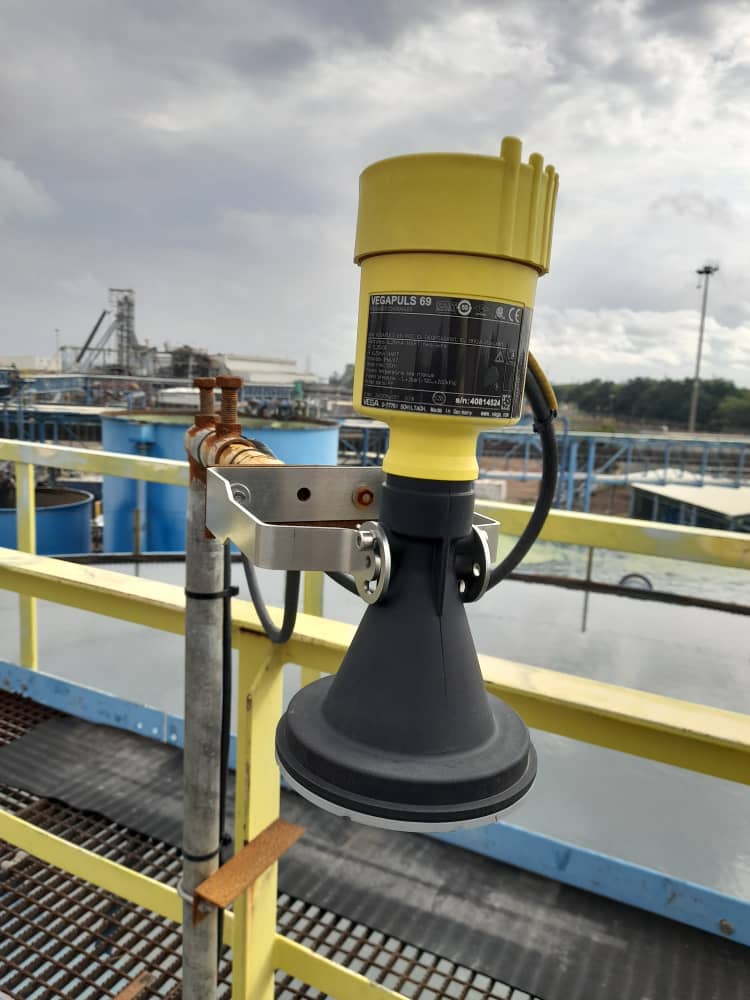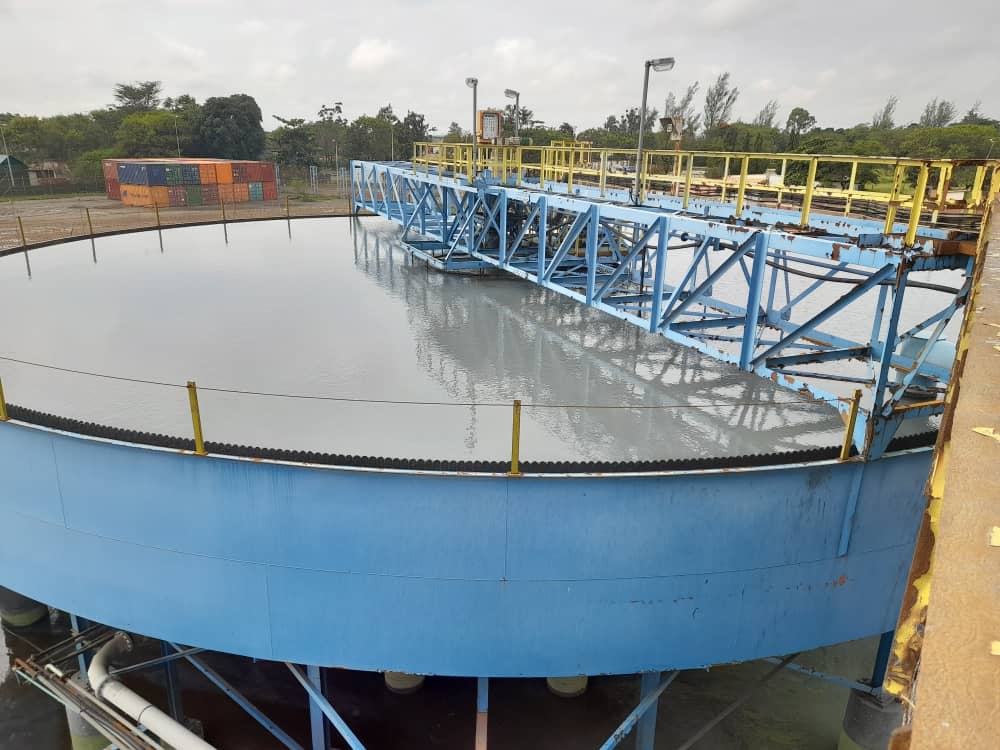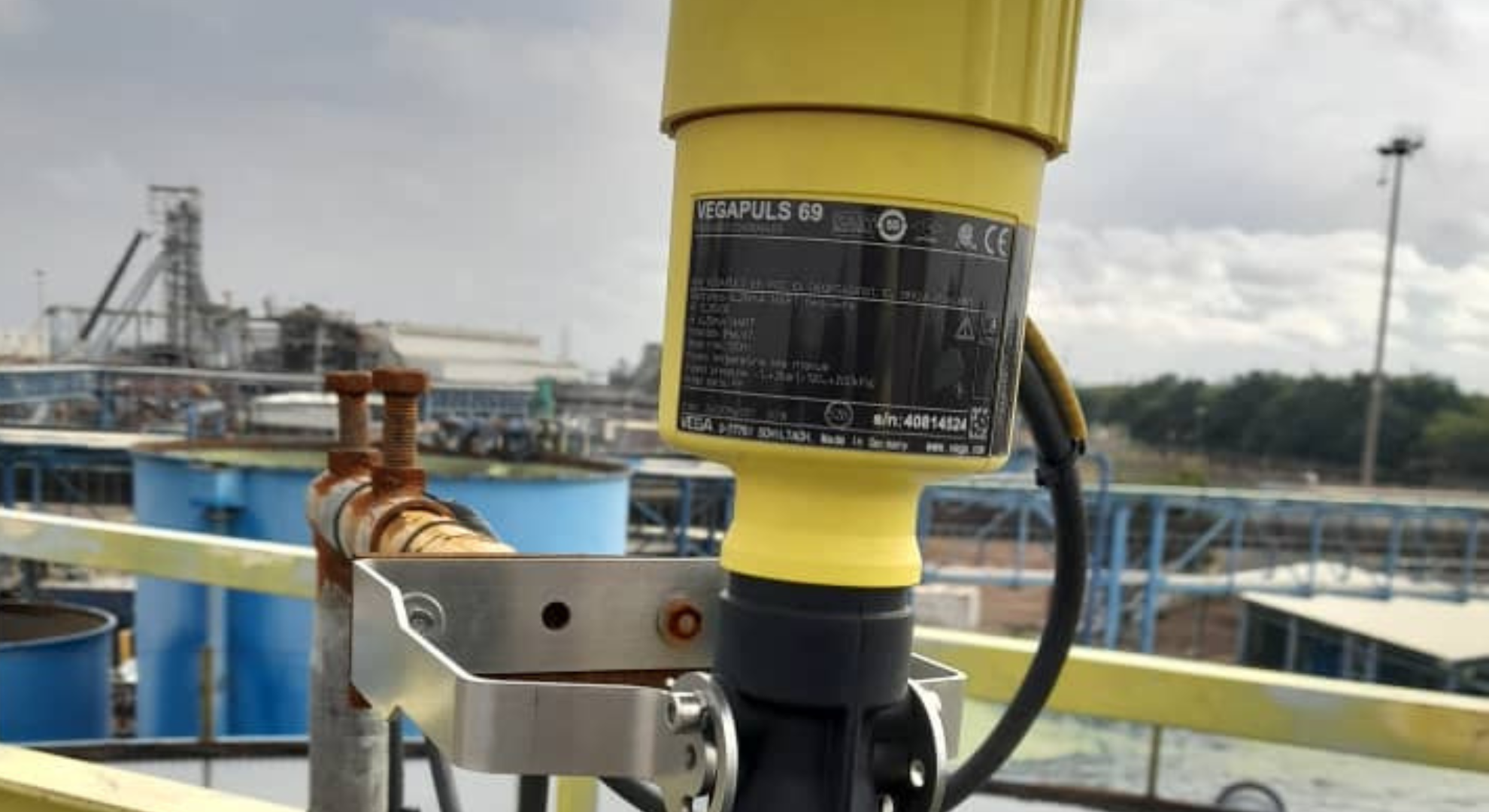The Shinyanga Region in Tanzania holds significant importance in the context of mining due to its rich mineral resources, particularly gold. The Tanzanian gold mining industry has played a vital role in bolstering the country’s position as one of the top gold producers in Africa. This region, situated in the northwestern part of Tanzania, is home to several key gold mines.
In this article, we’ll delve into the challenges encountered at one of these gold mines, more specifically in their slurry and thickening tanks. The positioning of the rake drives is critical because breakdowns can grind the mineralization and beneficiation processes to a costly halt, resulting in millions of dollars in revenue loss daily. Let’s examine the challenges faced by a gold mine in the region’s processing plant and explore the solutions provided by VEGA.
Most engineers would agree that the mining environment in Africa is undeniably one of the most demanding and challenging workspaces. Factors such as resource distribution, geological complexity, infrastructure development, environmental challenges like mine water acidity, dust and the considerable distances equipment must be situated to ensure its uninterrupted and damage-free operation, make it a highly complex setting. Innovation and unconventional problem-solving are essential in this context, alongside the reliance on dependable measurement and control equipment.
The majority of the focus in the processing sphere is on maintaining everything in perfect working order with precision close to a military operation, as inaccuracies in measurements can have dire consequences, endangering both equipment and human lives.
“Our previous level sensors experienced significant issues, leading to their failure. This specific failure resulted in a 5-day downtime and incurred a substantial cost.”, the plant instrumentation supervisor noted.
Delving deeper into the process
The gold mining process at the mines situated in the Shinyanga region starts underground, where the gold-rich ore is extracted. After the extraction process, the ore is loaded onto trucks and transported to the surface for processing. Once at the surface, the ore is sent to a processing plant. Here, various processes such as crushing, grinding, gravity concentration, and flotation are used.
The extracted ore is first crushed into smaller pieces and then ground into a fine powder. This process increases the surface area of the ore, making it easier to extract the gold. The ground ore is mixed with water and chemicals, creating a slurry during a process referred to as “thickening”. Air is then bubbled through the slurry, and the gold particles attach to the bubbles and float to the surface as a froth. This froth is collected as it contains the gold concentrate.
The gold concentrate obtained from the flotation process typically contains impurities. To refine the gold, the concentrate is further processed to produce gold doré bars. The impurities are removed through processes such as smelting and refining. The resulting product is a gold doré bar with a high gold content, something that the region is known for.
The plot thickens
Thickening is a procedure that involves the separation of a slurry, or a mixture of solids and liquids, into a concentrated slurry that retains most of the solid particles and an overflow consisting of largely clear water. Gravitational force serves as the primary mechanism for this separation, as the variations in phase densities compel the solids and liquids to separate. In most mining operations, sedimentation-based thickening is employed for both product and tailings streams to reclaim water, which is subsequently recycled within the process.
As the rake arms rotate or move through the settled solids, they help in the separation of solid particles from the liquid in the slurry. The motion of the rake arms assists in pushing the settled solids towards the centre of the tank, where they are collected and removed. The position and movement of the rake drive can be adjusted to optimize the thickening process. The rake drive’s speed and angle can be controlled to achieve the desired level of solid-liquid separation. This is crucial in gold mining, where the concentration of valuable minerals in the slurry needs to be maximized.
The rake drive’s position and operation are often monitored and controlled using sensors and control systems. This allows for real-time adjustments to ensure that the thickening process operates efficiently. Regular maintenance of the rake drive mechanism is essential to ensure it continues to function correctly. Any issues with the rake drive, such as mechanical wear or malfunction, can impact the thickening process. This can result in costly breakdowns and massive revenue loss, which all mines try to avoid at all costs.
Separating the challenges
Thickening tanks in mining pose several challenges for measuring equipment due to the nature of the materials and processes involved. The materials processed in thickening tanks often contain abrasive or corrosive elements that can damage sensors and equipment over time. The slurry inside these tanks can be very thick and dense, making it challenging to obtain accurate level and density measurements. The density of the slurry can change often as more material is added or as water content fluctuates. Accurate monitoring of these variations is essential.
Thickening tanks can be difficult to access for maintenance, which can complicate the installation and replacement of measuring equipment. The mining environment itself can be harsh, with factors like vibrations, temperature extremes, and high-pressure conditions that measuring equipment must withstand.
To address these challenges, one gold mine in particular had to find a reliable and robust solution where measurement is concerned. And VEGA had the perfect solution.
Levelling up on the solutions
The sales professionals at VEGA INSTRUMENTS suggested the use of VEGAPULS RADAR SENSORS after establishing the exact needs of the mine and the solution that was required.
The VEGAPULS instrumentation faces specific challenges due to its installation in an open slurry tank, leaving it exposed to environmental elements. Its primary role is the monitoring of the rake drive, a task of the utmost importance. The rake drive stands as a crucial component, directly influencing the efficiency of the thickening process. Any malfunction in these rake drives can have a detrimental effect on the thickening process, ultimately impacting the quality of the final product.
The Instrumentation Supervisor explained: “One of the most significant challenges we were sitting with was identifying the appropriate solution for this particular challenge. Our previous use of level sensors proved to be highly ineffective, the plant was plagued by frequent failures that disrupted the process and adversely affected our production. Moreover, the measurements obtained from these sensors lacked the necessary accuracy.”
The VEGAPULS is a series of radar-level sensors manufactured by VEGA, a company known for its expertise in level and pressure measurement technology. In an open slurry tank, the VEGAPULS is a reliable and versatile tool for process control and automation, providing valuable data that contributes to efficient and safe industrial operations. It can be used to accurately measure the level of the slurry within the open tank. It emits radar pulses that travel to the surface of the slurry and back to the sensor, providing real-time data on the slurry’s level. This is essential for monitoring and controlling the amount of slurry in the tank. By installing the sensor near the rake drive, it continuously measures and reports the level of the slurry. The level data collected by the VEGAPULS radar sensors can be integrated into the control system of the thickening process.
The data collected by the VEGAPULS can then be integrated into the control system of the slurry tank. This allows for real-time monitoring and control of the slurry level, which can be critical in maintaining the efficiency of various industrial processes.
Safeguarding equipment and optimizing processes
The VEGAPULS can be set to trigger alarms if the liquid level deviates from the desired range. This early warning system can help prevent issues and facilitate timely maintenance. It also offers remote monitoring capabilities. This allows operators to access real-time level data from a control room or remotely, enhancing operational efficiency and safety. The VEGAPULS can provide early warnings of any abnormal process conditions or potential issues that may require maintenance or adjustments. The sensor data can be logged and analysed to identify trends and patterns in the thickening process. Historical data can be used to improve process efficiency and optimize the use of resources.
The gold standard in process control
VEGA’s measuring instruments are an invaluable tool for continuously monitoring the level of settled solids in a thickener tank, which indirectly provides information about the rake drive position and its impact on the thickening process. The VEGAPULS assist in better process control, automation, and optimization, leading to improved efficiency and productivity in mining and mineral processing operations at the gold mine in Tanzania.
The VEGAPULS stands out as an indispensable instrument for achieving precision in liquid-level measurement and control within various industrial processes. VEGA’s leadership in the mining industry testifies to the company’s expertise and commitment to excellence.
The final step of the process
VEGA sensors are typically straightforward to install and configure, making them user-friendly for operators The seamless installation process empowers instrumentation technicians to handle the setup themselves, and in times of need, VEGA’s dedicated technicians are just a phone call away. The VEGA technicians offer valuable guidance, readily addressing installation inquiries, and providing troubleshooting support when necessary.
This combination of reliable technology and accessible expertise makes VEGA a trusted partner in the pursuit of operational efficiency and accuracy in liquid-level management for industrial applications.
“For more than 16 years, our gold mine has maintained a steadfast partnership with VEGA. Our confidence in VEGA Instruments is underpinned by their accuracy and durability. During this installation, we took charge ourselves, although VEGA’s technicians offered their assistance on multiple occasions. The sensors proved easy to install, and expert technical support was just a phone call away,” the client concluded.






